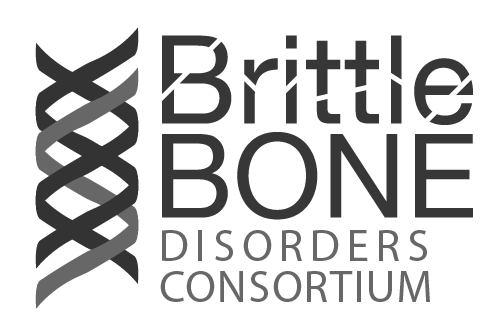Diseases Studied
The Rare Diseases Clinical Research Network is an NIH-funded research network of 20 active consortia or research groups working to advance treatment for diseases that are rare. Use the search tools on this page to find the diseases we currently study. You can reach out to the indicated consortia or research groups for more information on those diseases and studies underway.
This network focuses on clinical research and does not generally support clinical care outside of research activities. To learn about other rare diseases, please visit the Genetic and Rare Diseases Information Center (GARD), which is an NIH program that helps the public find reliable information about rare and genetic diseases. Their staff are specialists. Contact them at 1-888-205-2311 or email GARDinfo@nih.gov.
All Diseases > Brittle Bone Disorders (BBD) / Osteogenesis Imperfecta (OI)
Brittle Bone Disorders (BBD) / Osteogenesis Imperfecta (OI)
Alternative Names: Fragilitas Ossium; Vrolik Disease; Brittle Bone Dysplasia, Brittle Bone Disease
Disease Category: Brittle Bone Disorders
A group of rare, inherited disorders, caused by 19 gene loci, resulting in bone fragility, bone fractures and other problems with connective tissues. Types I through IV are caused by variant alleles in the two genes that encode the strands of type I collagen. Most other genes play a role in the transport and processing of type I collagen. Collagen is the most predominant protein in structural connective tissues, including bones. Symptoms include bone fragility, skeletal deformities, scoliosis, joint laxity, chronic pain, hearing loss, a bluish tint to the sclerae (whites of the eyes), dental problems, and respiratory problems.
Research groups studying this disease
Brittle Bone Disorders

Brittle Bone Disorders Consortium (BBDC)
Recruiting
7707: Use of clear aligners for the treatment of dental malocclusion in individuals with Osteogenesis Imperfecta
Third-party Collaboration
The purpose of this study is to determine if it is safe to use clear aligners in correcting the misalignment of teeth in people with Osteogenesis imperfecta (OI). OI can affect the shape of the face, mouth and overall quality of life. Misalignment of teeth may interfere with oral hygiene, gum health, jaw function, opening of the jaw, chewing, breathing, and speech. There is very little information on the appropriate treatment for teeth misalignment in OI. Clear aligners are transparent plastic trays that are designed to fit over the teeth. With each new tray, teeth are moved a little at a time until they reach the desired position.
7708: Cardiopulmonary Outcomes in Osteogenesis Imperfecta
To quantify the factors that contribute to restrictive physiology (cardiopulmonary insufficiency) in the OI population
7709: Psychosocial Considerations in Adults with Brittle Bone Disease
The overall purpose of this study is to understand the mental health concerns, psychosocial functioning, and priority treatment needs of
individuals with OI.
7710: Pregnancy in Osteogenesis Imperfecta - Part 2: Complications in pregnancy and postpartum
To classify and describe rates of cesarean section, hemorrhage(bleeding), and fracture in
women with Osteogenesis Imperfecta (OI) in pregnancy.
Osteogenesis Imperfecta Foundation
Aims to improve quality of life for people affected by osteogenesis imperfecta (OI) through research, education, awareness, and mutual support.
